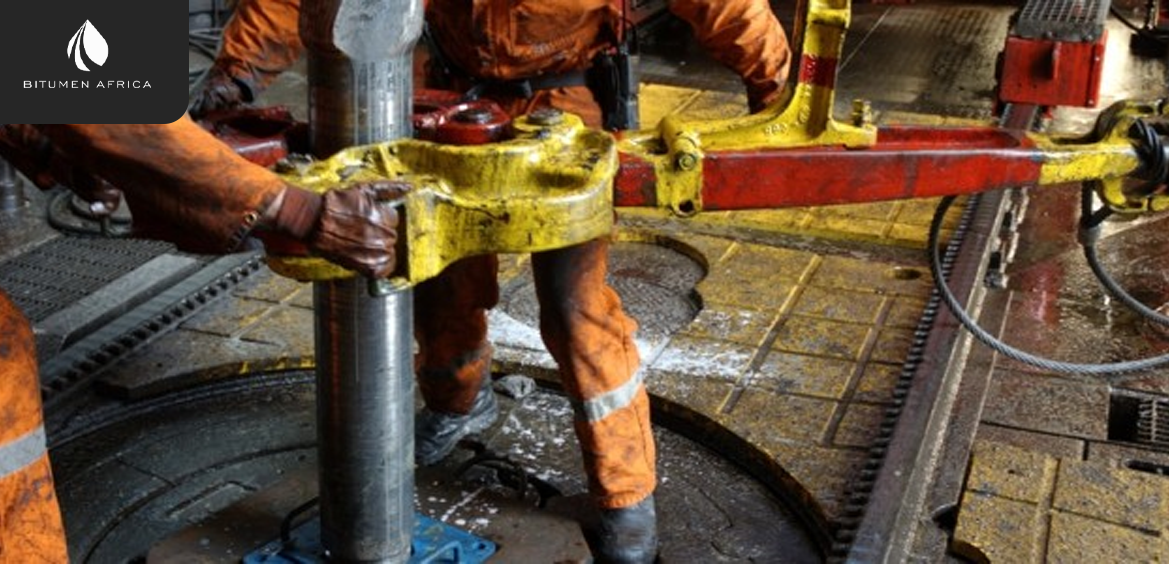The U.S. active drilling rig count increased this week, continuing the upward trend seen the previous week. According to Baker Hughes data released Thursday, the total number of rigs rose by two to reach 587. Although this shows a recent uptick in activity, it still reflects a year-on-year decline of 26 rigs. Oil rigs specifically rose by two to 483, while gas rigs increased by one to 99. The number of miscellaneous rigs dropped by one, now standing at five.
Despite the rise in rig count, U.S. crude oil production saw a slight dip this week, according to data from the Energy Information Administration (EIA). Production dropped from 13.462 million barrels per day (bpd) to 13.460 million bpd. This figure is 171,000 bpd below the record-high set in December 2024, indicating a marginal decrease in output even as rig activity edges up.
The Frac Spread Count from Primary Vision, a proxy for well-completion activity, also showed an increase. It rose from 195 to 200 crews during the week of April 18, indicating growing completion efforts. This level of activity is comparable to the beginning of 2025, suggesting that while drilling is still lower than last year, well completion efforts are gaining momentum.
Regionally, the Permian Basin continues to dominate drilling operations, though activity there remains below last year’s levels. Currently, 289 rigs are operating in the Permian—29 fewer than this time in 2024. In the Eagle Ford, the rig count held steady at 47, which is also down by eight rigs compared to a year ago. These figures suggest a cautious but steady pace in regional oilfield activity.
On the market front, oil prices are up slightly today. WTI crude rose $0.23 to $63.02 per barrel, while Brent gained the same amount to reach $66.78. However, both benchmarks are trading below their prices from last Friday, reflecting ongoing market volatility. Notably, WTI remains just under the breakeven price for many producers in the Permian Basin, signaling that profitability challenges still linger despite the modest recovery in drilling and completion activity.

